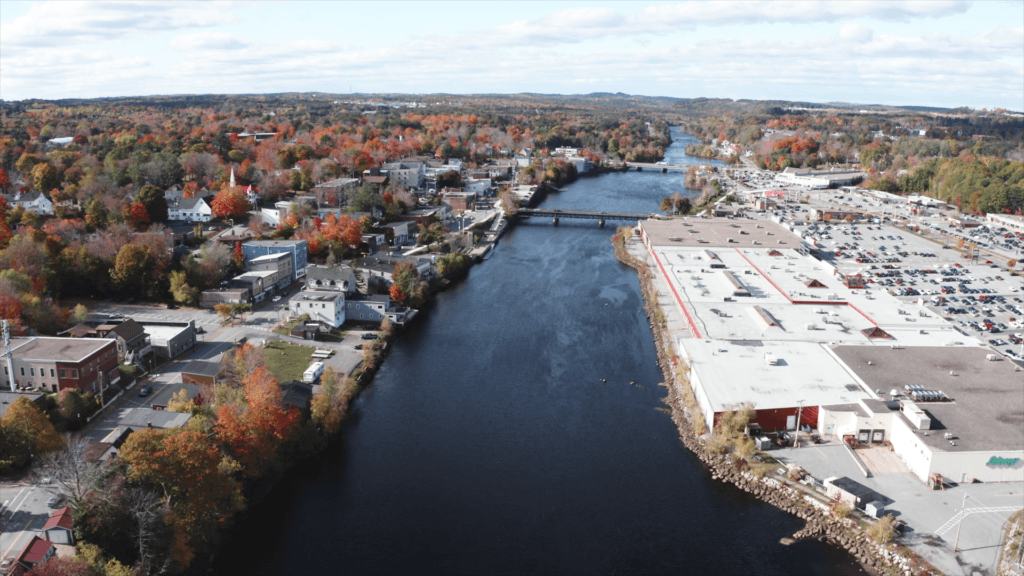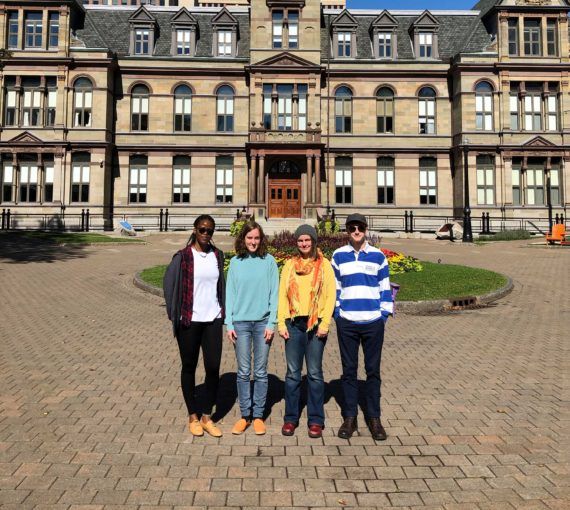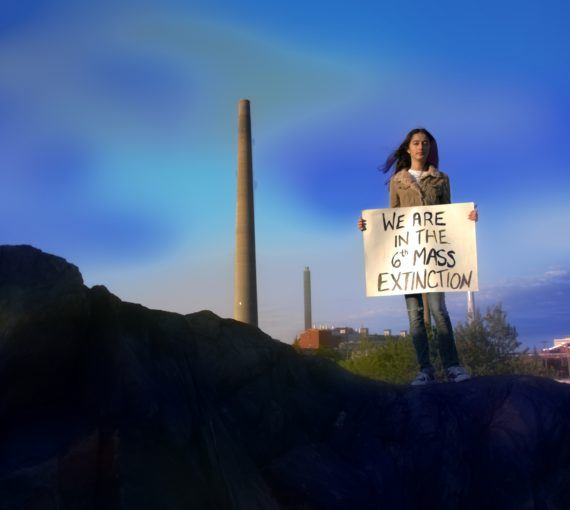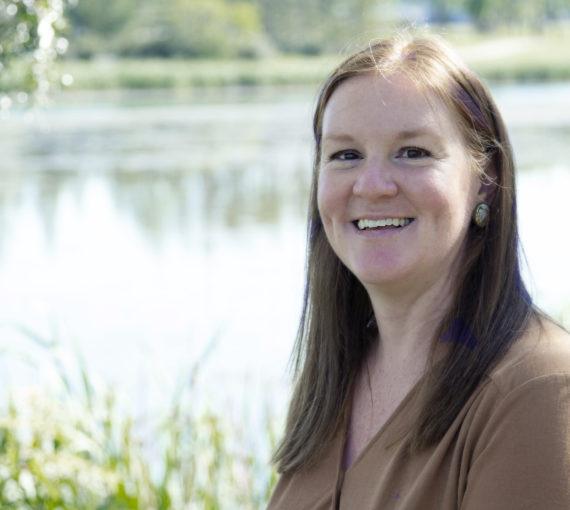
The Town of Bridgewater, NS hopes to solve its housing crisis with a new system that tackles both housing insecurity and ambitious energy targets. (Photo: Courtesy of the Town of Bridgewater)
Most of us don’t think of our homes as major contributors to climate change, but we can’t achieve our climate targets without addressing their impact. Buildings generate nearly 40 per cent of global CO2 emissions. That’s true in Bridgewater, Nova Scotia, as much as anywhere else.
Bridgewater is one of a cluster of rural municipalities along Nova Scotia’s South Shore. Although it has a population of only 8,000, it’s the largest town in the region. It’s known for its natural beauty and arts and culture scene. And like other rural communities in Nova Scotia, Bridgewater is suffering from a major housing crisis.
This inadequate access to affordable and secure energy to light and heat one’s home is called “energy poverty.”
Along with a lack of safe, affordable housing, this crisis is caused by unmanageable energy bills. Many houses here are poorly insulated, energy-inefficient and over a century old, meaning that 40 per cent of households are spending at least 10 per cent of their pre-tax income on energy bills — and often much more. Monthly bills of up to $2,000 are not unusual.
This inadequate access to affordable and secure energy to light and heat one’s home is called “energy poverty.” According to Lisa Ryan, an independent housing consultant working with the Town of Bridgewater, energy poverty “is one of the biggest reasons why the folks coming through our doors are experiencing housing insecurity and homelessness.”
Helen Lanthier, a long-time gender and housing advocate in the community, recalls stories of households that had to make unfathomable decisions to get through the month. Seniors trying to keep warm by lighting candles or burning their furniture. Families sealing themselves into one room because they couldn’t afford to heat the entire house. And people turning to food banks because their money went to keeping the lights on.
Coordinated Access systems bring consistency and fairness to the process of accessing housing and housing support.
All of this is about to change. In a few months, Bridgewater will launch a new system that aims to tackle housing insecurity and ambitious energy targets at the same time. It’s called a Coordinated Access system, and it’s the same system that is credited with helping Medicine Hat, Alberta, become the first city in Canada to end chronic homelessness.
Coordinated Access systems bring consistency and fairness to the process of accessing housing and housing support. Rather than having many different housing non-profits and agencies to choose from, anyone who seeks support is sent through one community-wide intake and assessment process, which provides insight into who has the highest need and what resources are best suited to them.
Unequal access to housing has been a problem in the past. “Everybody is looking for housing, and every service provider is trying to prioritize their clients over others,” Lanthier says. “The risk in a small town is that whoever has the loudest voice or the most influence can get better resources.” Prioritizing clients based on need and bringing all relevant service providers — non-profits, local government, property managers and landlords — together into one streamlined system ensures that each client has equal access to the same supports.
Those specific supports depend on the root causes of chronic homelessness in the community. Within Bridgewater’s system, a resident who is at risk of homelessness due to energy poverty could be referred by outreach workers to a more affordable or energy-efficient home. A homeowner or property manager will be advised to apply for some of the many financing opportunities for clean energy retrofits and energy efficiency upgrades provided by the town and province.
The system will also help solve a prevalent issue faced by many rural communities: a lack of hard data on housing insecurity and energy poverty. Homelessness is largely hidden in rural areas. Towns can easily slip under the radar of official housing market surveys if they don’t meet the minimum population threshold of 10,000. By contrast, the Coordinated Access system maintains a real-time database of who’s at risk, and all other information gathered throughout the process will help the local government map out more affordable and resilient developments.
Once we started digging into how we were going to reduce energy poverty, we realized that, of course, housing is the key…
Helen Lanthier, gender and housing advocate
These new builds can’t come soon enough. Bridgewater is already beginning to see the effects of rising sea levels on its infrastructure. What’s more, the tide of folks leaving for more affordable housing in urban centres means that the people left behind, like seniors, will become more vulnerable. Ryan says, “We knew that if we continued on the path we’re on, our rural communities were going to fall apart.”
Before they could propose a solution to energy poverty, the town had to first understand how it affected residents. In 2018, community members with lived experience of the issue — overwhelmingly single women with children, LGBTQ residents, Indigenous and African Nova Scotians and youth — came together for a series of consultations to paint a picture of how social issues like racism and domestic abuse intersected with energy poverty.
“Once we started digging into how we were going to reduce energy poverty, we realized that, of course, housing is the key,” recalls Lanthier, who facilitated the conversations.
Ryan had implemented Coordinated Access systems in urban centres before and saw potential for a rural area like Bridgewater. In 2019, the town awarded her a contract to design and implement a system. She facilitated and led a strategic planning team made up of everybody with a stake in the issue: landlords, local non-profit representatives, advocates, city staff and people with lived experience of housing insecurity, energy poverty and homelessness.
People who maybe didn’t want to sit down at the same table 20 years ago are now saying, ‘We need each other.’
Lisa Ryan, independent housing consultant
Ryan knows how polarizing housing discussions can become, but she was surprised by the co-operation among groups that often compete for federal and provincial funding.
“Everybody understood that our commitment was to each other, not to ourselves,” she says. “People who maybe didn’t want to sit down at the same table 20 years ago are now saying, ‘We need each other.’”
When it comes to community advocacy, Lanthier recommends taking the time to build relationships with people who make decisions. “Don’t assume that a politician doesn’t care about the people in their constituency. If you’ve already put that stereotype up, then it’s going to be hard to build a relationship.”
The Coordinated Access system is just one part of the town’s goal to reduce the rate of energy poverty 20 per cent by 2025, alongside efforts like public transit improvements and a shift to clean energy. Three years since the first consultations, and a lot of hard work later, the system is ready to shift into action.
Ryan, Lanthier and all Bridgewater residents hope that affordable and secure energy is within reach, and they’re happy to show that rural communities can find innovative solutions to energy issues.



